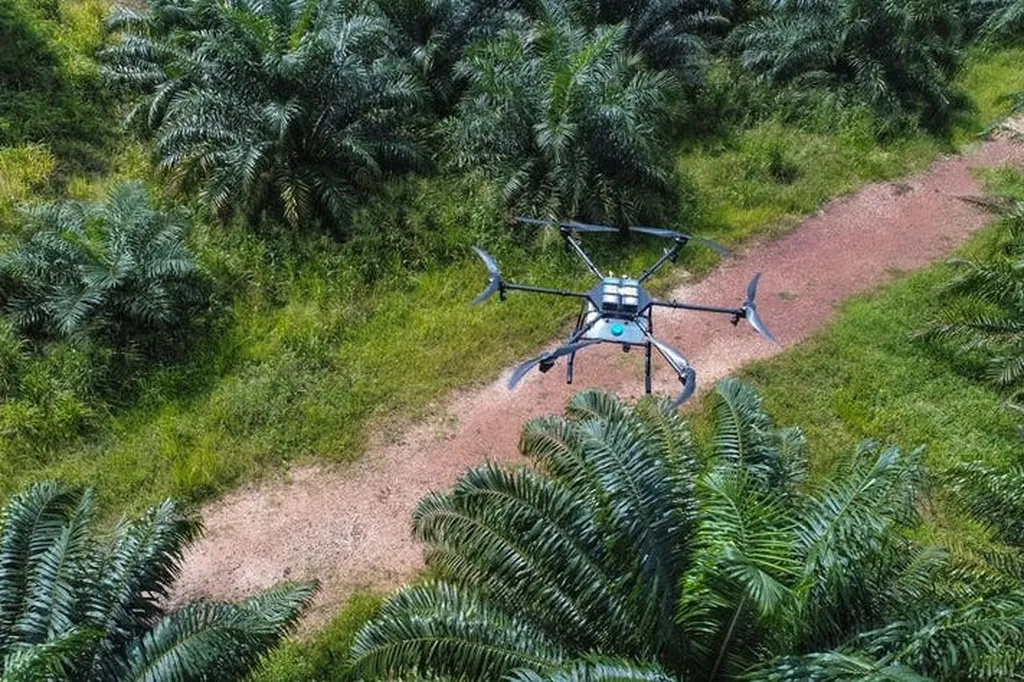In the quest for sustainable agriculture and waste reduction, a team of researchers from the Nuclear Energy & Radiological Assessment (NERA) University Research Group at Universiti Kebangsaan Malaysia (UKM) has made a significant stride. Led by Eli Syafiqah Aziman, the team has developed Condisoil, an innovative soil conditioner derived from industrial by-products, specifically Water Leach Purification and Neutralisation Underflow residues from rare-earth processing. Their findings, published in the journal Scientific Reports (translated to English as “Scientific Reports”), offer promising insights into the potential of industrial by-products in agriculture, with implications for the energy sector and beyond.
Condisoil is designed to improve sandy soils for paddy cultivation, a critical sector for Malaysia’s food security. Unlike conventional soil amendments, Condisoil promotes sustainability by repurposing industrial by-products, addressing both environmental and waste disposal challenges. However, due to its origin, ensuring the safety of Condisoil for agricultural use is paramount. The research team conducted a comprehensive study to assess the elemental distribution and soil-to-rice grain transfer factors, focusing on naturally occurring radionuclides (NORM) and heavy metals.
The study revealed that activity concentrations of 226Ra, 228Ra, and 40K in Condisoil-treated soils ranged from 66.5 to 143.1, 49.7 to 70.6, and 391.6 to 432.2 Bq/kg, respectively, over two paddy planting seasons. In rice grains, these levels were significantly lower, indicating minimal uptake. Heavy metal concentrations in soils remained below Malaysian safety standards, with rice grains containing trace amounts of As, Sb, Cr, Cd, and Pb.
“While the uptake of most elements was minimal, we observed that lead (Pb) and antimony (Sb) exhibited hazard index (HI) values greater than 1, and the transfer factor (TF) value of cadmium (Cd) was also greater than 1,” explained Eli Syafiqah Aziman. “This indicates potential health risks, underscoring the need for strict monitoring protocols before large-scale application.”
The estimated annual effective dose from rice consumption remained below the 1.0 mSv/year safety threshold, suggesting that Condisoil-treated rice poses minimal radiological risk. However, the findings highlight the importance of continuous environmental monitoring and the development of robust safety standards for industrial by-product-derived soil conditioners.
This research not only paves the way for sustainable agriculture but also offers a viable solution for waste management in the energy sector. By valorizing industrial by-products, Condisoil demonstrates the potential to reduce waste disposal challenges while enhancing soil productivity. As Eli Syafiqah Aziman noted, “Our study highlights the importance of balancing sustainability and safety in agricultural practices. Condisoil represents a step forward in this direction, but it also calls for further research and regulatory oversight.”
The implications of this research extend beyond Malaysia, offering a model for other regions grappling with similar challenges. As the world seeks innovative solutions to food security and environmental sustainability, Condisoil stands out as a promising example of how industrial by-products can be repurposed for the benefit of agriculture and the environment. With further research and development, this technology could play a pivotal role in shaping the future of sustainable agriculture and waste management.

